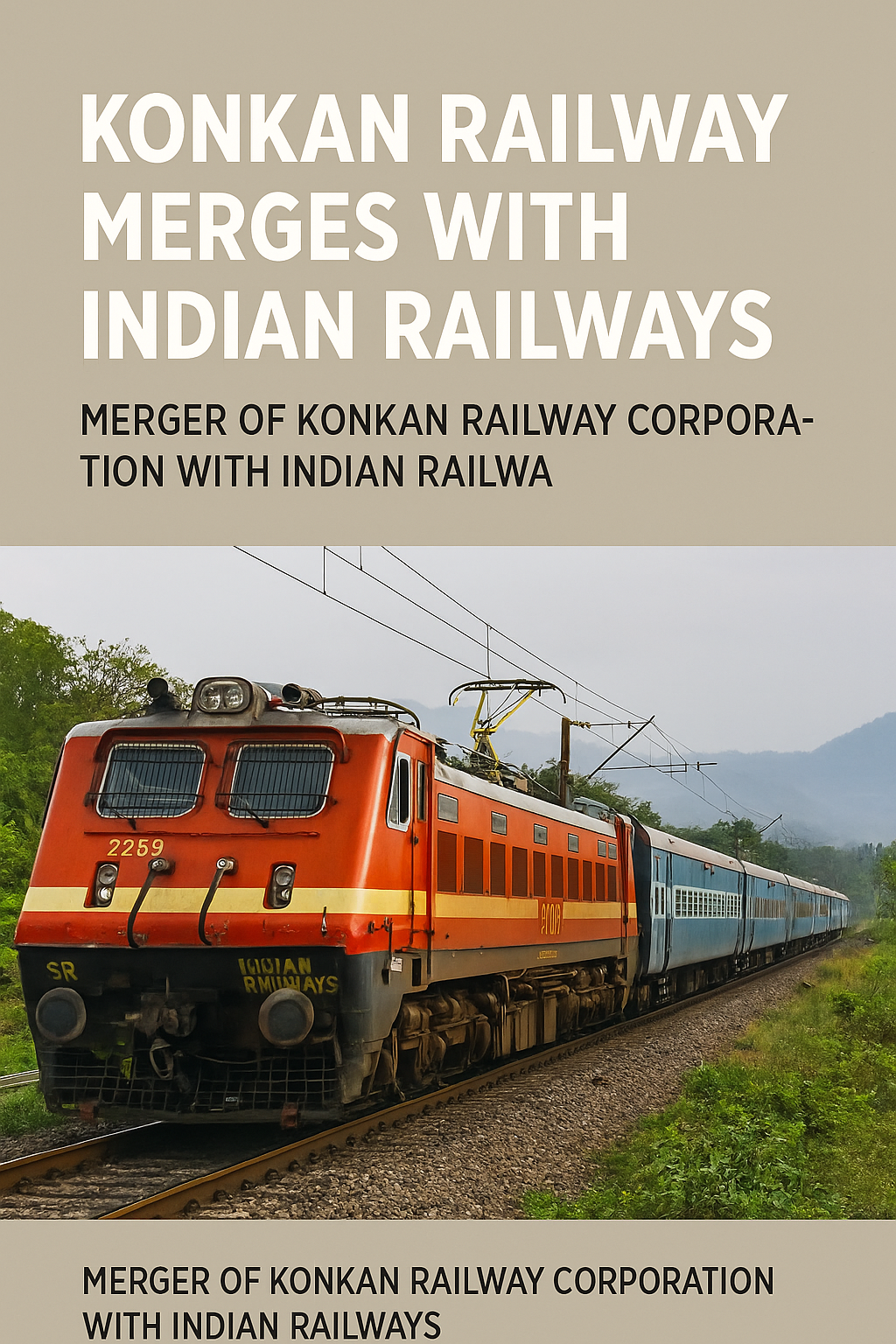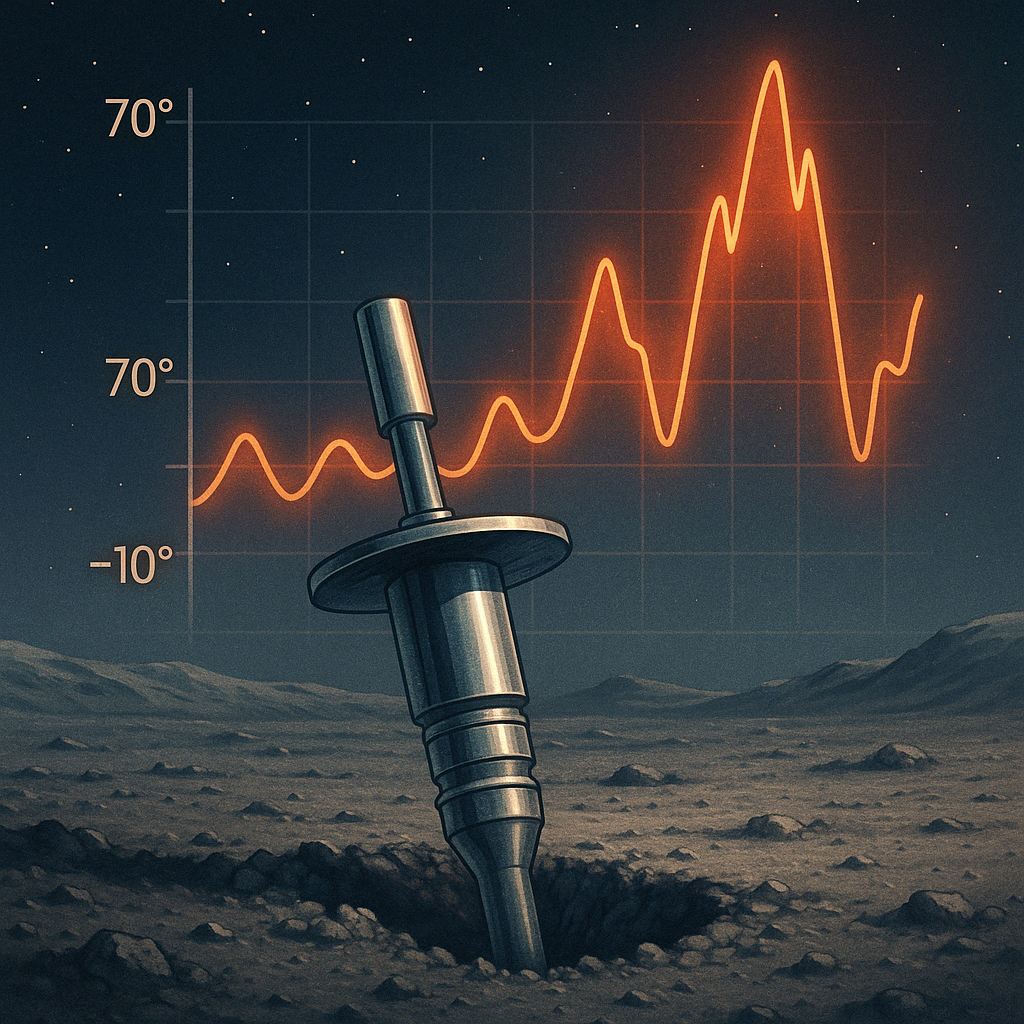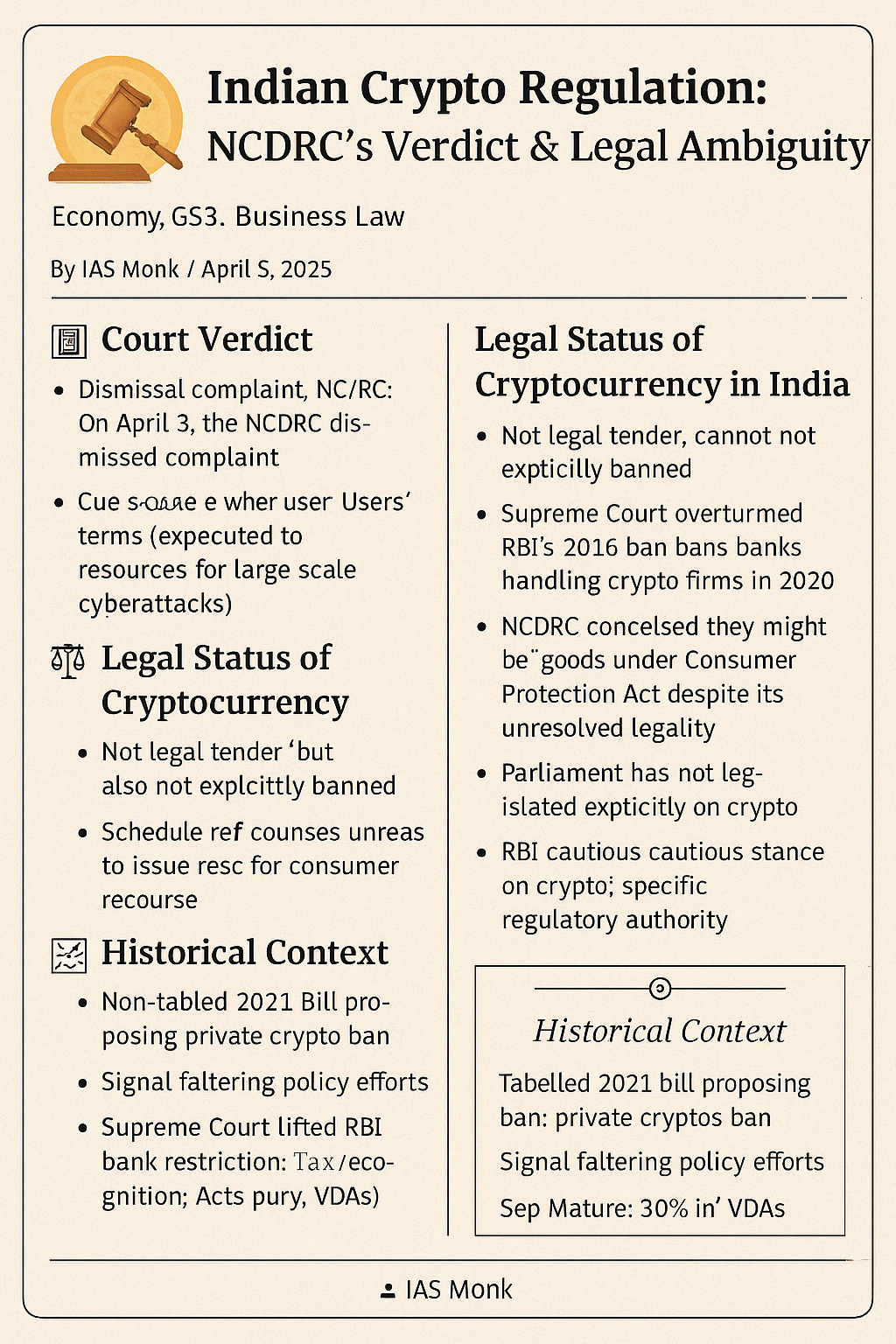
🧭May 24, 2025, Post 1: Konkan Railway Merges with Indian Railways | High Quality Mains Essay | Prelims MCQs
🚆 May 24, Post 001: Konkan Railway Merges with Indian Railways

NATIONAL
Post Date: May 24, 2025
Thematic Focus: GS3/Infrastructure, GS2/Federalism, GS1/Regional Development
🪶 Opening Whisper
Along the cliffs of the Western Ghats, where tracks hug the sea and tunnels pierce the earth, a railway once born of vision now rejoins the motherline.
🚉 Key Highlights
- Merger Announced: Konkan Railway Corporation Ltd. (KRCL) will be merged with Indian Railways.
- Consensus Reached: Approvals secured from Maharashtra, Goa, Karnataka, and Kerala.
- KRCL History: Established in 1990, operational since 1998, the 741 km line transformed west coast connectivity.
- Ownership Breakdown:
- Govt of India: 51%
- Maharashtra: 22%
- Karnataka: 15%
- Goa & Kerala: 6% each
💰 Merger Rationale & Conditions
- Reason: KRCL’s financial strain and inability to sustain capital projects.
- Fadnavis’ Demand:
- Konkan Railway name to be retained.
- Centre to reimburse Rs. 394 crore to Maharashtra.
- Centre Agrees: Indian Railways to absorb KRCL while meeting both conditions.
👥 Implications for Passengers
- Upgrades Ahead:
- Better frequency, improved coaches, enhanced safety
- Seamless IRCTC booking, integrated customer grievance system
- Fares to be aligned with Indian Railways
🌍 Future Outlook
- Integration Oversight: Indian Railway Board will lead implementation.
- Expected Benefits: Boost to local economy, coastal tourism, and employment in the Konkan belt.
📚 GS Paper Mapping
- GS Paper 3: Infrastructure – Railways, Economic development
- GS Paper 2: Centre-State Relations, Federal cooperation
- GS Paper 1: Indian Geography – Western Ghats & Coastal Economy
🌌 A Thought Spark — by IAS Monk
When rails that wandered return to their spine, the journey becomes not just efficient — but eternal. India’s coast breathes a little easier tonight.
High Quality Mains Essay For Practice :
Word Limit 1000-1200
Reuniting the Tracks: The Merger of Konkan Railway with Indian Railways
Introduction
India’s railway network is often described as the lifeline of the nation — a pulsating system of steel and speed that connects distant corners of the subcontinent. Among its most iconic achievements stands the Konkan Railway, an engineering marvel that threads through the cliffs, valleys, and rivers of India’s rugged western coast. Established as a Special Purpose Vehicle (SPV) in 1990, the Konkan Railway Corporation Limited (KRCL) defied terrain and time to link Maharashtra, Goa, Karnataka, and Kerala along a 741-kilometer stretch.
In 2025, after decades of operational independence, the Konkan Railway is set to merge with Indian Railways. This development, long in the making, is not just a bureaucratic reclassification—it signals a shift in how India envisions infrastructure integration, financial sustainability, and regional connectivity in the era of transformative growth.
Genesis and Significance of the Konkan Railway
The Konkan Railway was born out of a logistical necessity and a bold vision. Before its construction, the western coastal belt of India lacked direct railway connectivity, forcing trains to bypass the Konkan region altogether. To bridge this gap, KRCL was created as an SPV under the Ministry of Railways. The challenges it faced were immense — steep ghats, landslides, dense forests, and dozens of rivers.
Yet, by January 1998, it was operational, boasting:
- 741 km of track
- 92 tunnels
- 2,000 bridges
- And a reduction of travel time between Mumbai and Mangalore by over 10 hours.
It brought economic lifeblood to coastal towns and villages, became a lifeline for migrant workers, supported tourism, and reduced logistical costs across multiple states.
Operational Structure and Ownership
KRCL’s unique SPV model was a first for Indian Railways. Unlike traditional zonal structures, it was a joint venture with shared ownership:
- Government of India – 51%
- Maharashtra – 22%
- Karnataka – 15%
- Goa and Kerala – 6% each
It had the autonomy to raise funds, hire personnel, and manage operations independently. However, autonomy came with challenges — especially in financing and expansion.
Despite its operational efficiency, KRCL struggled to generate surplus income. Loan servicing, lack of full integration with passenger and freight operations of Indian Railways, and limited monetization of assets restricted its long-term financial health.
The Push for Merger: Rationale and Politics
The merger decision was catalyzed by persistent financial stress and the need for infrastructure modernization. KRCL was unable to:
- Expand lines beyond the existing route
- Upgrade safety systems and signaling
- Absorb costs of wage hikes and operational inflation
Chief Minister Devendra Fadnavis championed the merger, recognizing that long-term sustainability required KRCL to become part of a nationally resourced system.
Other partner states — Goa, Karnataka, and Kerala — gave consent. Maharashtra’s approval came with two key conditions:
- The “Konkan Railway” name must remain post-merger to preserve regional identity.
- The Centre must reimburse Rs 394 crore, reflecting Maharashtra’s original investment.
The Railway Ministry agreed, sealing the path to integration.
Benefits of the Merger
The merger is expected to unlock multi-layered benefits:
1. Financial Stability
KRCL’s budgetary needs will now be absorbed by the Indian Railways’ consolidated fund. This means access to:
- Modernization grants
- Freight corridor integration
- Long-term loans at lower interest
2. Improved Passenger Services
Passengers will now enjoy:
- Unified IRCTC ticketing system
- Integrated customer grievance redressal
- Access to Indian Railways’ broader train fleet and booking system
3. Infrastructure Upgrades
Integration will accelerate:
- Electrification, route doubling, and track renewal
- Modern signaling systems and safety upgrades
- Introduction of Vande Bharat and semi-high-speed services
4. Employment and Local Economy
Integration promises job opportunities via:
- Upgraded workshops and depots
- Increased connectivity for coastal tourism
- Local product freight boosts for fisheries, cashew, and mango traders
Challenges in Execution
Despite the optimistic roadmap, the merger faces several hurdles:
1. Legal and Administrative Complexity
KRCL is governed under company law, while Indian Railways is governed under a different statute. Transferring assets, liabilities, contracts, and HR will require legal harmonization.
2. Human Resource Integration
KRCL staff have separate pay scales, promotion rules, and pensions. Merging them into Indian Railways’ framework requires negotiations to avoid discontent and disparity.
3. Loss of Operational Autonomy
The SPV model gave KRCL freedom in procurement, hiring, and innovation. Integration into a more hierarchical structure may risk bureaucratic delays in decision-making.
4. Balancing Regional Identity
While the Konkan identity is safeguarded in name, the distinctiveness of KRCL’s culture and engineering model must be preserved as an institutional legacy.
The Larger Picture: Federalism and Cooperative Infrastructure
The merger also reflects evolving paradigms of cooperative federalism in India. A once regionally governed entity, built through state-centre coordination, now becomes part of a national asset pool.
This model:
- Reduces redundancy in planning
- Enhances resource efficiency
- Ensures uniformity in pricing, service quality, and expansion priorities
It could serve as a precedent for other semi-autonomous infrastructure bodies seeking greater financial security through integration.
Strategic and National Implications
In an era of multimodal logistics parks, coastal economic corridors, and digital freight integration, the Konkan Railway’s merger enables seamless:
- Linkage with Dedicated Freight Corridors (DFC)
- Inclusion in the PM Gati Shakti programme
- Better alignment with ports, highways, and SEZs
It also holds strategic value in:
- Defence logistics across the western coast
- Managing climate-resilient transport planning in landslide-prone Ghats
Global Relevance: Learning from Other Rail Mergers
Globally, many countries have pursued railway consolidation to reduce costs and improve coherence:
- Japan National Railways was split and later selectively merged.
- Germany’s Deutsche Bahn consolidated East and West post-reunification.
- China Railway brought multiple regional lines under one command.
India’s step, while modest in comparison, echoes the same principle — scale brings sustainability.
Conclusion: The Return to the Spine
The Konkan Railway was never just a set of tracks. It was a statement — of Indian engineering courage, of federal trust, of the will to connect despite obstacles. As it merges into Indian Railways, it is not being diminished. Instead, it is being folded into something larger — a shared infrastructure dream.
Retaining its name ensures that every station, tunnel, and bridge along the coast still whispers the legacy of its independent journey. But now, backed by the strength of the central system, the Konkan line can dream bigger — faster trains, stronger bridges, and deeper regional ties.
Quote to End:
“The strength of a railway is not in its rails, but in the unity of the journey it enables. When a lone line rejoins the main, every village along its bend finds a new path forward.”
Target IAS-26: Daily MCQs :
📌 Prelims Practice MCQs
Topic:
MCQ 1 – Type 1: How many of the above statements are correct?
Consider the following statements regarding the merger of Konkan Railway Corporation Limited (KRCL) with Indian Railways:
1. The Government of Maharashtra holds the majority stake in KRCL.
2. The merger will allow passengers to book tickets via the IRCTC platform.
3. The Konkan Railway was operationalized in the year 1998.
4. The Centre has agreed to reimburse Maharashtra for its initial investment in KRCL.
How many of the above statements are correct?
A) Only two
B) Only three
C) All four
D) Only one
🌀 Didn’t get it? Click here (▸) for the Correct Answer & Explanation
✅ Correct Answer: B) Only three
🧠 Explanation:
1) ❌ False – The majority stake (51%) is held by the Government of India, not Maharashtra.
2) ✅ True – Post-merger, IRCTC booking integration will be available.
3) ✅ True – The line became operational in January 1998.
4) ✅ True – The Centre agreed to reimburse Rs 394 crore to Maharashtra.
MCQ 2 – Type 2: Two-Statement Type
Consider the following two statements:
1. KRCL was established specifically to construct railway lines through the Himalayan terrain.
2. The merger will provide Konkan Railway access to Indian Railways’ infrastructure funding and modernization plans.
Which of the above statements is/are correct?
A) Only 1 is correct
B) Only 2 is correct
C) Both are correct
D) Neither is correct
🌀 Didn’t get it? Click here (▸) for the Correct Answer & Explanation
✅ Correct Answer: B) Only 2 is correct
🧠 Explanation:
•1) ❌ False – KRCL was established to traverse the challenging Western Ghats, not the Himalayas.
2) ✅ True – Post-merger, KRCL can utilize Indian Railways’ capital and modernization resources.
MCQ 3 – Type 3: Which are correct? (Code-Based Selection)
Which of the following statements about the Konkan Railway are correct?
1. It covers a 741-kilometre stretch across Maharashtra, Goa, Karnataka, and Kerala.
2. The Konkan Railway name will be discontinued post-merger.
3. Indian Railways will oversee the integration process.
4. KRCL was created as a Special Purpose Vehicle under the Ministry of Railways.
Select the correct code:
A) 1, 2 and 3 only
B) 1, 3 and 4 only
C) 2, 3 and 4 only
D) 1, 2, 3 and 4
🌀 Didn’t get it? Click here (▸) for the Correct Answer & Explanation
✅ Correct Answer: B) 1, 3 and 4 only
🧠 Explanation:
1) ✅ True – The railway line spans across all four coastal states.
2) ❌ False – The name “Konkan Railway” will be retained as per the merger conditions.
3) ✅ True – The Railway Board will handle the integration process.
4) ✅ True – KRCL was originally set up as an SPV under the Ministry of Railways.
MCQ 4 – Type 4: Direct Factual
In which year was the Konkan Railway Corporation Limited (KRCL) officially established?
A) 1992
B) 1990
C) 1996
D) 1998
🌀 Didn’t get it? Click here (▸) for the Correct Answer & Explanation.
✅ Correct Answer: B) 1990
🧠 Explanation:
Correct Answer: B) 1990
KRCL was officially established in 1990, with full operations beginning in 1998.


















